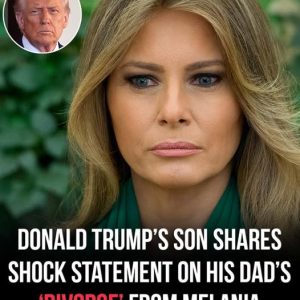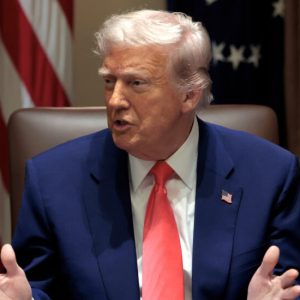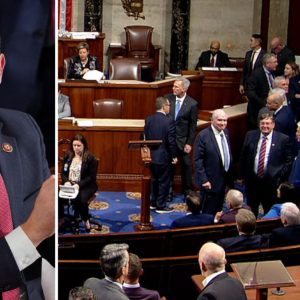Donald Trump, in his role as President, has a well-known tendency to make ambitious promises, not all of which have materialized. However, a recent vow to pay a $2,000 dividend to nearly all Americans, funded by his tariff scheme, stands out as a commitment that may carry significant political weight. This promise, outlined on his Truth Social platform, asserts that the revenue generated from his tariffs is so substantial that it can both fund this direct payment to citizens outside the “high income” bracket and contribute significantly to reducing the national debt. He argued that those opposing tariffs are “FOOLS,” highlighting “Almost No Inflation” and a “Record Stock Market Price” as indicators of economic success, claiming the U.S. is taking in “Trillions of Dollars” that will soon be used to pay down the “ENORMOUS DEBT, $37 Trillion.”
The former President detailed his pledge in a post, proclaiming, “A dividend of at least $2000 a person (not including high income people!) will be paid to everyone.” The post, however, conspicuously lacked crucial details regarding the implementation of this plan. Specifically, Trump did not provide any timeline for when these payments would be issued, nor did he clearly define the eligibility criteria for the “high income” cutoff, leaving millions of Americans uncertain about who would qualify. This ambiguity immediately fueled skepticism and prompted financial analysts and commentators to scrutinize the feasibility of such a large-scale fiscal maneuver.
Predictably, the promise immediately drew sharp doubts concerning the government’s ability to finance such a massive endeavor. Financial analysts pointed to two primary obstacles: the sheer cost and the legal vulnerability of the tariff revenue stream. The cost estimate for the dividend is staggering, ranging between $300 billion and $513 billion, with the final figure dependent on whether children are included and where the income eligibility line is drawn. Economist Erica York calculated that if the income cutoff were set at $100,000, approximately 150 million adults would qualify, costing roughly $300 billion. This estimated expenditure dwarfs the net revenues generated by the current tariffs, which have raised only about $90 billion compared to the necessary $300 billion rebate, creating an enormous funding gap.
The second, and perhaps more existential, threat to the dividend plan is the ongoing legal challenge against the very tariffs intended to fund it. The current administration has utilized emergency powers law to implement these tariffs, a legal approach that has been challenged in court. Three lower courts have already ruled this use of emergency powers illegal, and the Supreme Court is currently hearing arguments in cases that could ultimately decide the legality of the tariff structure. Should the Supreme Court invalidate the tariffs, the primary source of revenue for the promised $2,000 dividend would instantly disappear, effectively nullifying the entire payout scheme.
Despite the significant financial and legal hurdles, President Trump later provided a partial update on the timeline for the promised payment. Speaking to reporters aboard Air Force One, he indicated that citizens would have to wait until the following year, stating, “It will be next year… The tariffs allow us to give a dividend. We’re going to do a dividend and we’re also going to be reducing debt.” This slight clarification, however, did not address the more fundamental issues of cost or legality. Furthermore, Treasury Secretary Scott Bessent, when questioned about the plan, added a note of pragmatism and caution, remarking, “We will see. We need legislation for that,” suggesting that the direct payments are far from an executive certainty and would require formal Congressional approval to proceed.
The ultimate significance of this specific promise may lie in its direct and tangible nature. While politicians frequently make broad, structural pledges—like implementing sweeping law changes, undefined reductions in the cost of living, or even building a massive border wall—a specific vow of $2,000 paid directly into the pockets of most citizens is highly personal and easily quantifiable. Such a commitment is unlikely to be forgotten or easily explained away by the public. Unlike the complex details of trade or debt reduction, the failure to deliver a promised cash dividend could have distinct and memorable ramifications for public trust and future political accountability.





